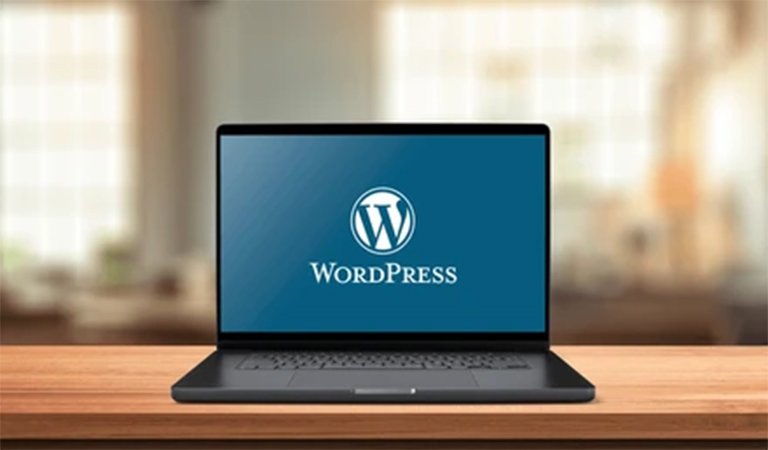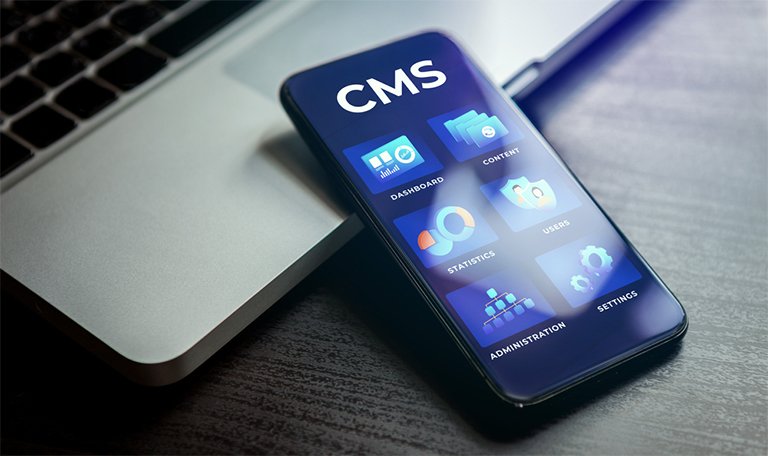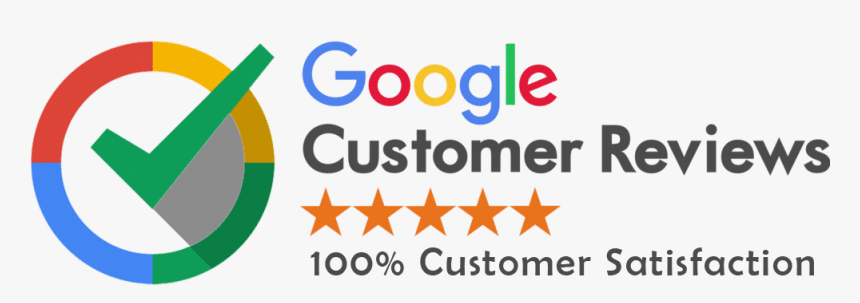A WordPress website is like a living system. Once built, it cannot be left alone. To keep it running smoothly, safe, and fast, proper maintenance is essential. Most businesses understand the importance of having a website, but they often forget that it needs continuous care. This article discusses the top WordPress maintenance services you must follow and includes important areas that many users ignore.

Regular Updates
WordPress core software, themes, and plugins are updated frequently. These updates are not just for new features but also include security patches and bug fixes. If you ignore them, your website can become slow or even hacked.
- Core Updates: Keep the main WordPress software up to date.
- Plugin Updates: Update plugins to avoid compatibility issues.
- Theme Updates: Prevent layout breaks by keeping your theme updated.
Regular updates help improve performance and fix known vulnerabilities.
Security Audits
Website security is a top priority. Many hackers target WordPress websites due to their popularity. Simple steps can help secure your site:
- Use a strong password for admin login.
- Install security plugins like Wordfence or Sucuri.
- Set up two-factor authentication (2FA).
- Block suspicious IP addresses.
- Use firewalls to stop attacks before they reach the site.
Conduct regular scans to detect malware or suspicious activity.
Backup Solutions
Imagine you wake up and your website is broken or deleted. That’s where a strong backup system helps. Backups allow you to restore your site to a working version within minutes.
- Use tools like UpdraftPlus or BlogVault.
- Schedule automatic backups daily or weekly.
- Store backups offsite (like Google Drive or Dropbox).
This is a must-have safety net for any WordPress site.
Performance Optimization
Speed matters. A slow website frustrates users and lowers your ranking in search engines. Performance optimization ensures your site loads fast and runs smoothly.
- Compress images using tools like Smush or ShortPixel.
- Minify CSS, HTML, and JavaScript files.
- Enable browser caching.
- Use Content Delivery Networks (CDNs) like Cloudflare.
- Limit the number of active plugins.
These steps help improve the experience for every visitor.
SEO Maintenance
Search engine optimization (SEO) is not a one-time task. It must be maintained. This includes checking technical SEO and updating content regularly.
- Review page titles, meta descriptions, and headers.
- Fix broken links.
- Submit updated sitemaps to Google Search Console.
- Use plugins like Yoast SEO or Rank Math.
- Refresh old blog posts with current data.
SEO helps attract more visitors and increase engagement.
Responsive Design Testing
Your website should look perfect on every device. Mobile users form a large portion of your traffic. Responsive Web design ensures your website works well on all screen sizes.
- Test using tools like BrowserStack or real devices.
- Check font sizes, image placements, and menu layouts.
- Make adjustments to mobile navigation if needed.
This gives users a better experience, regardless of their device.
Content Management
Content keeps your website alive. Outdated content makes your business look inactive.
A content strategy includes:
- Posting new blogs and articles.
- Updating product/service information.
- Removing outdated or broken sections.
- Adding engaging visuals like videos, carousels, or infographics.
- Moderating comments to reduce spam.
Fresh content keeps your audience informed and boosts SEO.
Uptime Monitoring
A website that goes down frequently can lose customers and reputation. Uptime monitoring tells you the moment your site becomes unavailable.
- Use tools like UptimeRobot, Jetpack, or Pingdom.
- Set up alerts via email or SMS.
- Investigate and fix the reasons for downtime quickly.
This helps you act fast before visitors even notice.
Monthly Maintenance Checklist
Having a checklist helps you stay organized. You can assign tasks weekly, monthly, or quarterly.
Monthly Tasks:
- Check all plugin/theme updates.
- Run full site backup.
- Test forms and checkout pages.
- Review analytics for traffic issues.
- Clean the WordPress database.
This structured approach keeps things on track.
Role Management and Permissions
If your site has multiple users, assign roles properly. This helps control who can do what on your site.
- Admin: Full access.
- Editor: Can manage content.
- Author: Can write and manage own posts.
- Subscriber: Can comment and view content.
Don’t give admin access to every team member. This reduces the risk of mistakes or security issues.
Broken Link Checks
Broken links affect SEO and user experience. Use tools like Broken Link Checker or Ahrefs to scan your site regularly.
- Fix or redirect broken links.
- Update internal links when changing content.
- Remove outdated external links.
Clean links help build trust and retain visitors.
Comment Spam Control
Spam comments are annoying and make your site look unprofessional. Manage them with:
- Akismet plugin for automatic spam filtering.
- Manual moderation for user comments.
- Block IPs that send bulk spam.
This helps maintain your site’s credibility.
Database Optimization
As content grows, your database gets heavier. A bloated database slows down your site.
- Use plugins like WP-Optimize.
- Delete old revisions, trashed posts, and spam comments.
- Optimize tables regularly.
A clean database boosts performance.
Staging Environment Use
Before making changes on the live website, test them in a staging site. This is a clone where you can safely try new features.
- Test plugin/theme updates.
- Try layout changes.
- Experiment with design without risk.
Once everything works fine, push changes to live.
Accessibility Testing
Make your site usable for everyone, including those with disabilities.
- Use tools like WAVE or Google Lighthouse.
- Ensure good color contrast.
- Add alt text to images.
- Use keyboard-friendly navigation.
Accessibility helps you reach a broader audience.
Analytics Tracking
Ensure tools like Google Analytics and Search Console are working. This gives insights into visitor behavior.
- Track top-performing pages.
- Identify bounce rates and exits.
- See which devices and locations bring the most users.
Data helps guide decisions.
Theme and Plugin Conflict Checks
Sometimes updates cause design or function issues. Check for conflicts before or after any update.
- Deactivate plugins one by one to isolate issues.
- Use Health Check plugin for safe conflict testing.
- Always back up before testing.
This avoids major disruptions on live sites.
Client Reports (for Agencies)
If you manage client sites, send monthly reports that include:
- What updates were applied
- Security status
- Backup logs
- Traffic insights
- Recommendations for next month
Clear communication builds trust and long-term relationships.
Multi-Site Management Tips
Some businesses run multiple WordPress sites. Use tools like ManageWP or MainWP to control all sites from one dashboard.
- Schedule updates in bulk.
- Centralize backups and reports.
- Monitor all sites at once.
This saves time and improves management.
Emergency Recovery Plan
Even with best practices, issues can happen. Be ready.
- Keep FTP access handy.
- Know how to restore backups.
- Have developer contact on speed dial.
- Disable plugins manually if locked out.
A recovery plan reduces panic when things go wrong.
Final Thoughts
Maintaining a WordPress site is not difficult, but it needs regular attention. These services and support tips make your site faster, safer, and more useful for your visitors. Whether you manage your site alone or with a team, these steps help you avoid problems and stay ahead. A well-maintained website builds trust, ranks better on search engines, and keeps users coming back.










